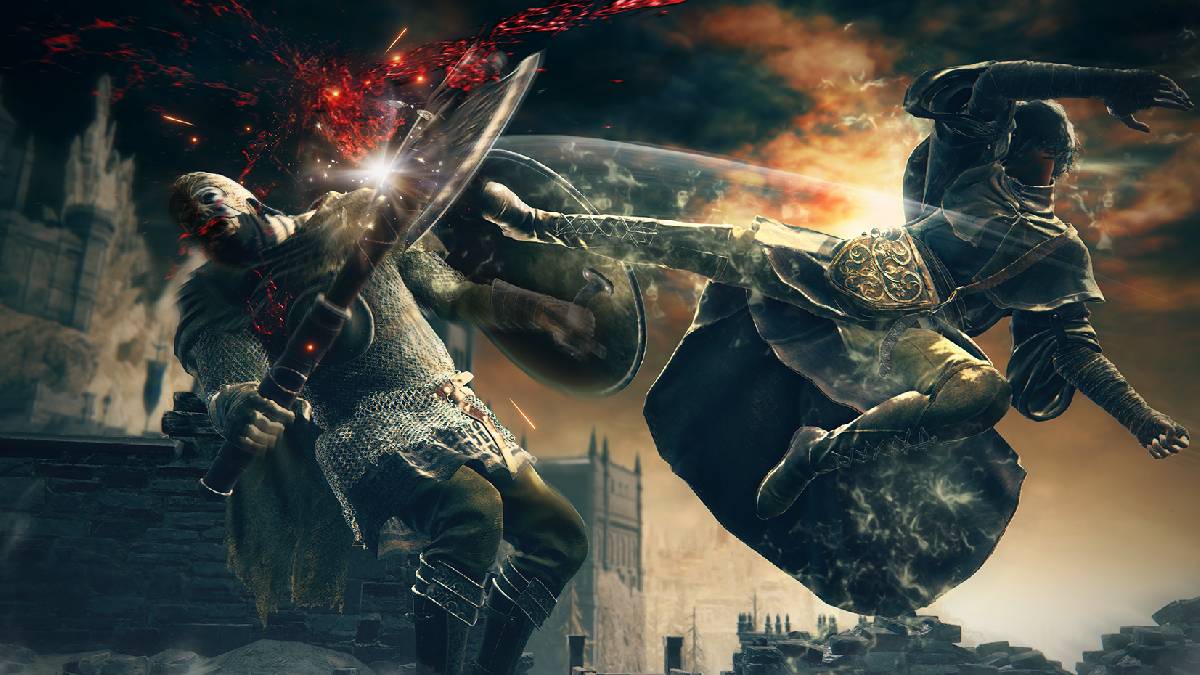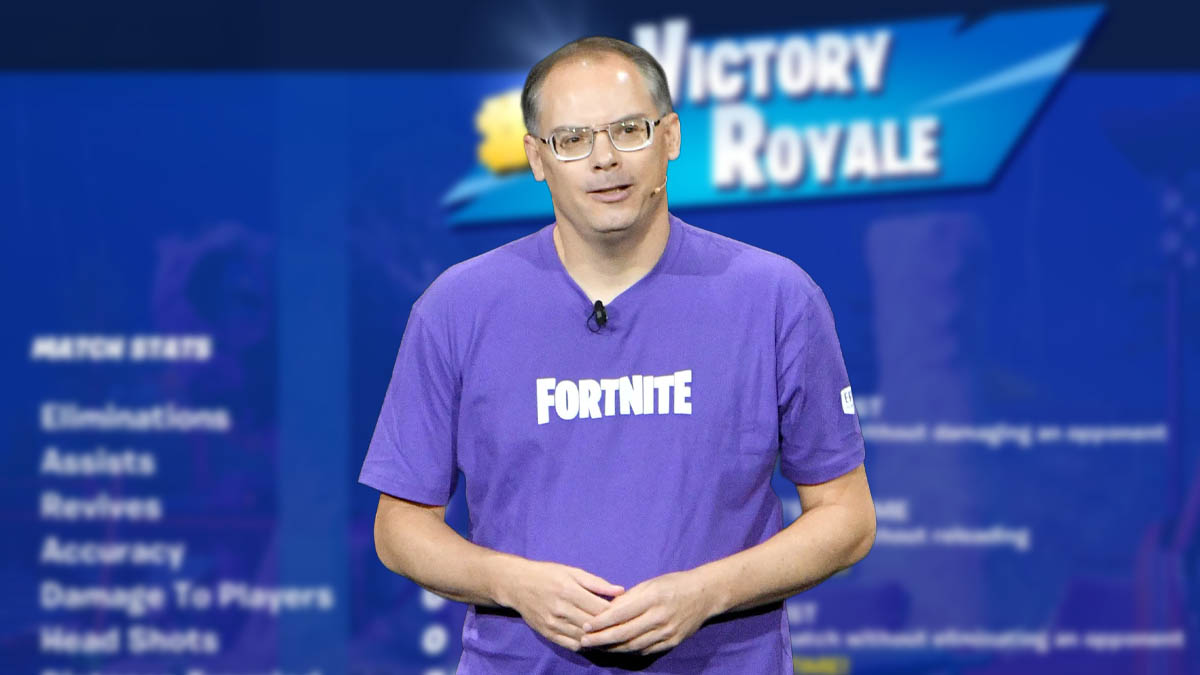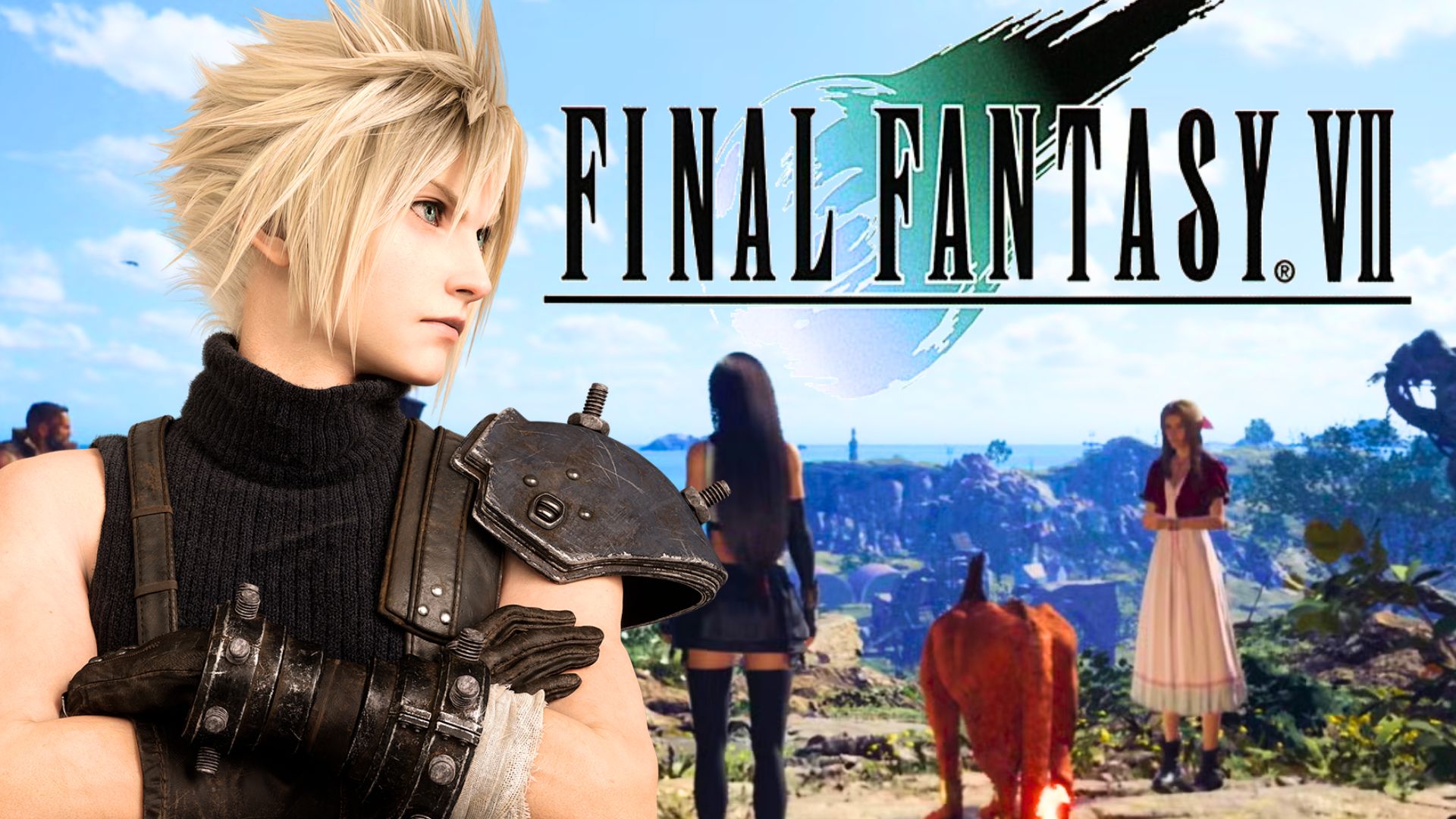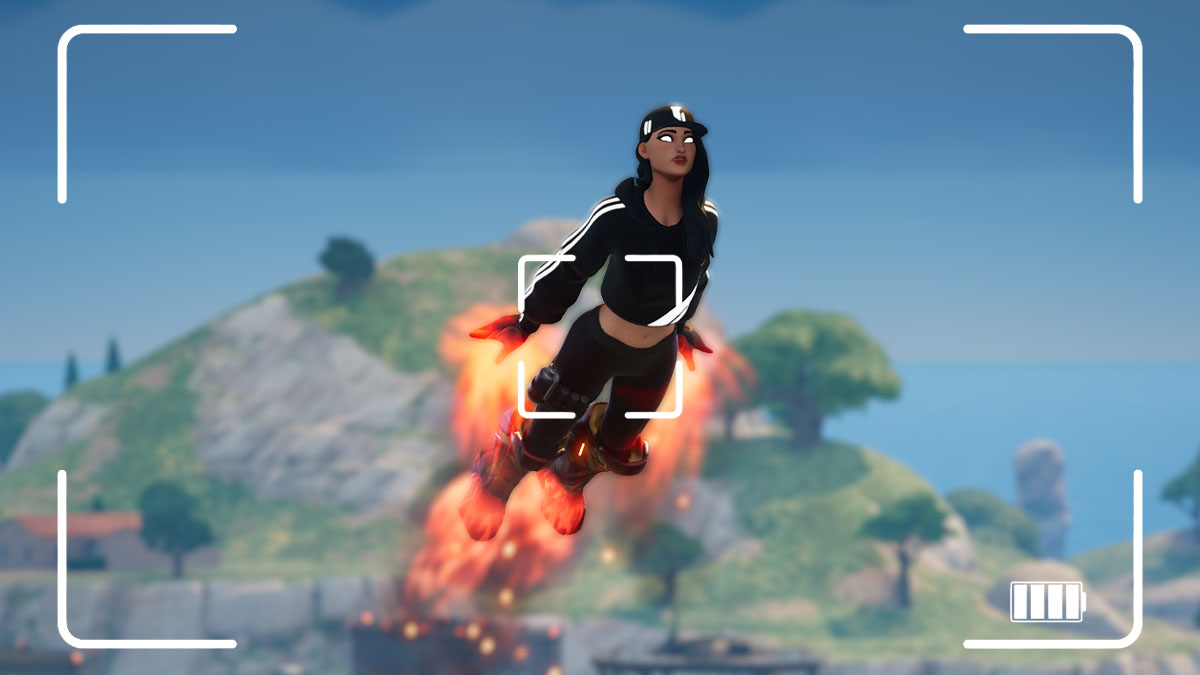You can trust VideoGamer. Our team of gaming experts spend hours testing and reviewing the latest games, to ensure you're reading the most comprehensive guide possible. Rest assured, all imagery and advice is unique and original. Check out how we test and review games here
Before I first played Elden Ring – I worried profusely about its open-world. I didn’t fall in love with the FromSoftware formula because I liked fat-rolling, invincibility frames, and running out of Estus. It was calculated exploration I pined after. It was hard for me to fathom a truly open-world that was as tight and purposeful as that of Dark Souls’.
There’s no better champion of exploration than FromSoftware’s second Souls game. Lordran, the miserable setting you’re thrust into from the Undead Asylum, is a small cut-out of a decrepit world. It’s not limited in its scope by any means; Blighttown, Anor Londo, Darkroot Gardens, The Catacombs, Lost Izalith, are all but a few of many areas each of varied environment and texture, each carefully interconnected spectacularly. This wasn’t unique to the Souls games, though. Open world games have existed long before Demon’s Souls, Dark Souls, and Elden Ring – but it was the fantastic visionary design of Dark Souls’ world that took lessons from the Metroidvania archetype and applied them to the action-adventure formula.
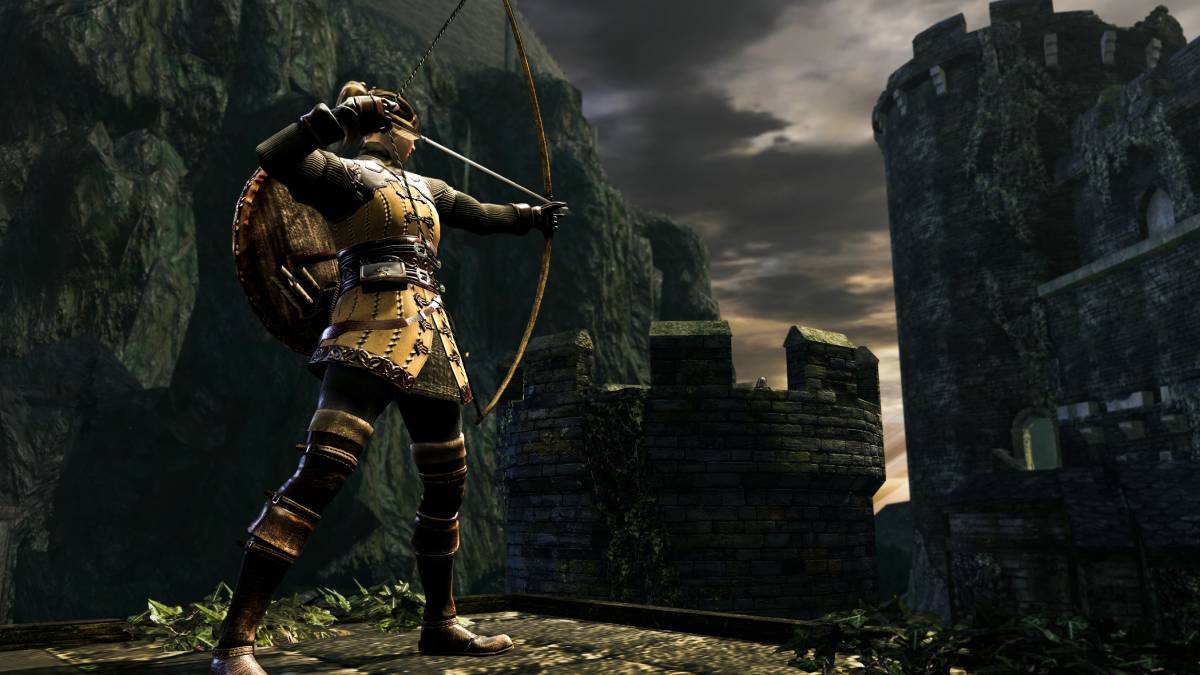
Firelink Shrine connects you to the Undead Burg, The Catacombs, New Londo Ruins, and from each of them, a plethora of vertically connected areas each with their own Dark Souls flavour. Linearity does not exist in Dark Souls and this is why I think it’s the strongest in the FromSoftware catalogue. Its sequel and the one after that fall short in few ways, but a consistently agreed upon critique is that they lacked the magic of Lordran’s level design. At the risk of summoning the ire of all gamers – I think Elden Ring suffers from the same thing. It’s big, dense, infinitely explorable, and it feels more alive than any other setting in any other game. But, it misses out on the original Dark Souls’ key element – vertical connectivity. I’m not going to pretend that I’m criticising Elden Ring here – I’m not. The open world is the reason it has sold so well, and continues to do so as we edge closer to the DLC.

As noted in an interview with PCGamer, Miyazaki wanted to tap into the “verticality” of level design in Shadow of the Erdtree. He described the Land of Shadows as “something that’s not quite open field and not quite legacy dungeon,” and the comparisons to the original Dark Souls are irrefutable. Elden Ring deserves all the praise it gets. It’s an incredible feat of technical polish and visionary creativity. I’m not sure how many times I’m going to replay it though. On the other hand, I’ve played through Dark Souls countless times. It’s a game designed with huge implications of story and scope, yet it’s confined to a tiny, insufferable, and claustrophobic world. It’s an addictive poison that FromSoftware have moved away from in recent years.
If Shadow of the Erdtree is as big as Miyazaki says it is – I want just one thing: an ode to Lordran’s stacked world, dense with exploration and mystery, shortcuts, and an environment that overlaps and intertwines. I have no doubt that Miyazaki’s first and last expansion to the Lands Between will improve drastically over the original game, despite that also being near-perfect. If there is a single studio out there that can improve on the quality of Elden Ring, it’s FromSoftware. I was already excited for Shadow of the Erdtree, but if the Land of Shadows also “captures the sense of scale and granularity” as Miyazaki says, it will have my full and undivided attention.
